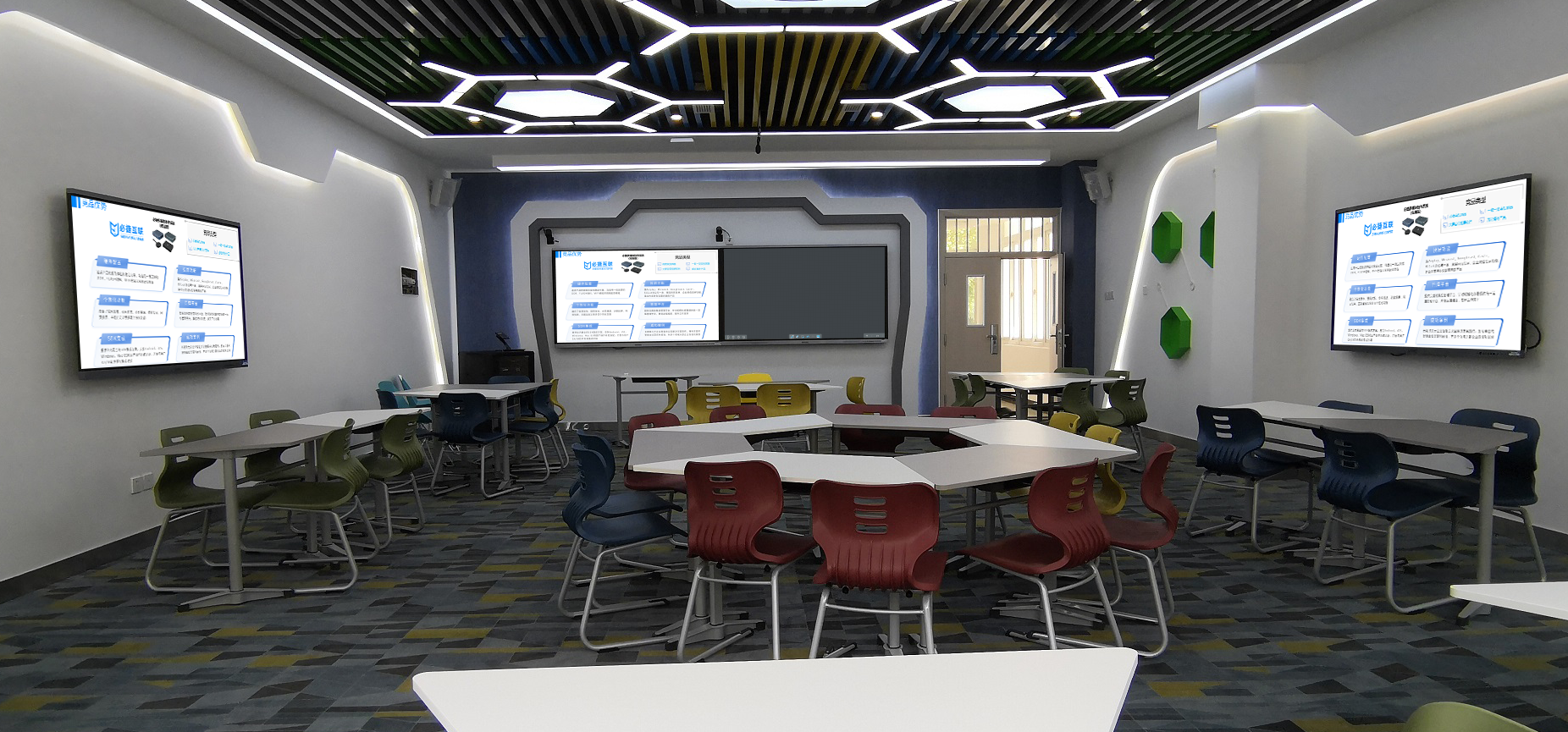Beyond Screen Mirroring: The Future of Multi-Screen Collaboration – Seamlessness, Intelligence, and Deep Integration
Today’s multi-screen collaboration technology, through wireless screen mirroring and built-in video conferencing ROOMS, has already given us a taste of efficient collaboration. However, this is just the beginning. The future of multi-screen collaboration will be more intelligent, seamless, and deeply integrated into every business process of enterprises.
I. Trend 1: From “Manual” to “Seamless” Connection – No More Active Operation
Most current wireless screen mirroring requires users to actively select devices and click to connect. The future trend lies in “seamless connection” and “context awareness.”
- Ultrasonic/UWB Positioning Connection: When you enter a conference room with your mobile phone, the receiving devices in the room use ultrasonic or UWB technology to accurately locate you, automatically pop up a connection prompt, and even complete the connection automatically after you authorize it.
- AI-Predicted Screen Mirroring: Based on your calendar schedule, when you enter a reserved conference room, the system automatically preloads documents that may be needed for the meeting and prompts you to mirror your mobile phone with one click (if needed).
II. Trend 2: AI Empowerment – Making Collaboration More “Intelligent”
Built-in video conferencing ROOMS and multi-screen collaboration systems will be deeply integrated with AI capabilities, evolving from a mere tool into an intelligent assistant.
- Real-Time Speech Transcription and Translation: Speeches during meetings are transcribed into text in real time and simultaneously translated into multiple languages, which are displayed on the screen – completely breaking down language barriers.
- Intelligent Focus Tracking and Framing: The camera automatically identifies the speaker and gives a close-up shot; when someone walks to the whiteboard, it automatically switches to the optimal frame, providing conference footage of director-level quality.
- Intelligent Content Analysis and Recommendation: During multi-screen collaboration, the system can recognize keywords and product models appearing on the screen, automatically retrieve relevant documents from the enterprise knowledge base, and intelligently recommend them to participants – serving as the “second brain” of the meeting.
III. Trend 3: From “Tool” to “Platform” – Deep Integration with Business Workflows
The future multi-screen collaboration system will no longer be an independent tool, but will become the “collaborative operating system” for enterprise digitalization.
- Integration with IoT: Activate the meeting mode with one click to automatically adjust lights, curtains, and air conditioners, creating the optimal meeting environment.
- Connection with Business Processes: During product review meetings, 3D models are displayed via wireless screen mirroring; after the meeting, the revision comments generated can be directly converted into task work orders through the collaboration system, assigned to relevant personnel, and synchronized to project management tools.
- In-Depth SDK Development: Wireless screen mirroring SDKs will provide more open interfaces, allowing enterprise applications to deeply integrate mirroring and collaboration capabilities, and obtain data for analysis to build fully customized intelligent collaboration solutions.
The future of multi-screen collaboration will be an intelligent space centered on humans, integrating perception, AI, and business systems. Its ultimate goal is to make technology itself “disappear,” allowing people to focus entirely on communication and creation. When enterprises invest in multi-screen collaboration now, they are preparing for the arrival of this intelligent collaboration future.
